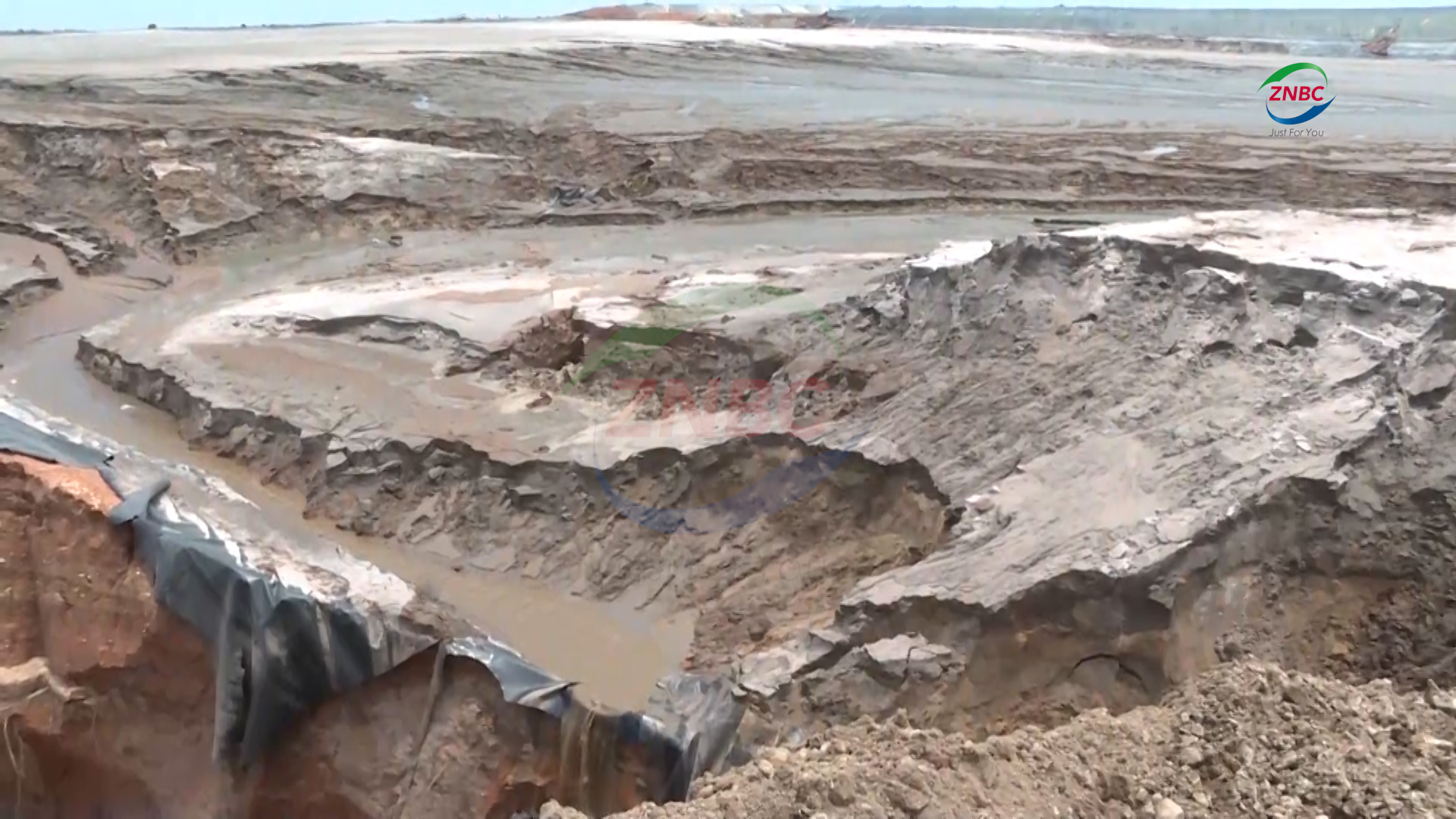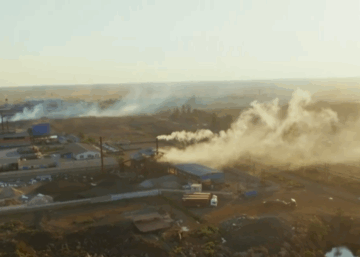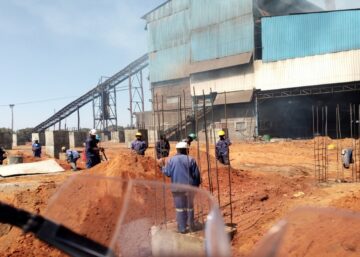Status: Open Case (Red Flag)
Last updates
- Mar 2025 – ZEMA announced that it would commence legal proceedings once all necessary assessments are completed.
- Mar 2025: 3 people were reportedly admitted in hospital for consuming contaminated fish and water from the Kafue river
- Mar 2025: The government convenes an Indaba in Kitwe to discuss the pollution of some water bodies by mining firms on the Copperbelt Province. TI-Z amongst the CSOs in attendance.
- Mar 2025: TI-Z joins other environmental CSOs to combine efforts in ensuring accountability for the pollution by the mines and transparency in the ‘clean up’ process. CSOs also issue a joint statement.
- Mar 2025: Reparations works are underway; mining operations in Chambishi will remain suspended until works are completed
- Feb 2025: MoGEE says the contamination levels have reduced and the standard of water normalised. Authorities sprayed lime over a 100 km stretch of the Kafue River to prevent further contamination.
Concerns
- River pollution
- Biodiversity loss
- Crop contamination
- Possible long-term ecological effects of acidic, toxic waste
- Non-compliance with environmental laws
- Negligence/maladministration in government’s oversight
Context
On February 18th, 2025, an accident occurred at Sino Metals’ Leach Zambia Limited Tailings Dam 15F in Chambishi, Copperbelt, releasing more than 50 million liters of acidic effluent (concentrated acid, dissolved solids, and heavy metals) into the Mwambashi River, a tributary of the Kafue River.
For context, Sino Metals Leach Zambia Ltd produces copper cathodes on the Copperbelt. A tailings dam is an earth-fill embankment dam used to store mining waste, such as rocks and minerals with no commercial value after the ore is processed to extract valuable minerals. Mine waste often contains a range of toxic elements that are harmful to human health and the environment and should be disposed with extreme caution. Unfortunately, the Chambishi accident represents the most recent episode of a growing list of tailings dam failures around the world.
The spill had immediate adverse effects on the surrounding region, causing severe pollution along the Kafue basin, killing all aquatic life in the rivers close to the dam, and contaminating surrounding farmlands, with extensive damage to maize and groundnut fields for over 200 farmers. The disaster also resulted in the suspension of water provision in Kalulushi and Kitwe and close schools and universities. Moreover, communities were warned not to consume any fish to avoid contamination.
In the aftermath of the accident, the government responded swiftly by, first, stopping the discharge of leach into the river by creating a barrier with waste rock and laterite, and then neutralizing the acid by spraying lime over the Mwambashi river and a 100-km stretch of the Kafue River. ZEMA (Zambia Environmental Management Agency) has been monitoring water quality levels. One week after the accident, MoGEE said the contamination levels from the mine had reduced and the standard of water normalised.
The government ordered Sino Metals to cease operations at the tailing dam until necessary repairs are completed. Sino Metals have expressed regret over the incident and committed to compensating affected farmers. ZEMA has also tasked the company with the rehabilitation of contaminated areas, including soil restoration and reforestation.
Waving the Red Flag
The accident underscores the need for stringent environmental safeguards, implementation and monitoring thereof to prevent such catastrophic events to occur.
While many have pointed to the role of greedy private sector actors in extracting resources and polluting the environment, as TI-Z we believe that it is first and foremost the responsibility of the government to ensure that mining companies operate in line with the environmental safeguards and commitments agreed upon during the licensing phase.
In a sector as critical as mining, we cannot stress sufficiently the importance of effective monitoring. This lack of scrutiny reveals – at best – negligence and maladministration in the conduct of ZEMA’s and the Mines Safety Department oversight role, at worst potential instances of collusion between private and public sector to keep violating environmental laws. The cost of this disaster being borne by the environment and our communities, as clearly shown.
Another Acid Leakage in the Copperbelt
Just a few days after the Chambishi tailings dam collapse, reports of another acid leakage from a tailing dam emerged on the Copperbelt, from Chinese-owned Rong Xing Minerals. Operations at the processing plant have been suspended by the government until all concerns are addressed.
The Director at Rongxing Investments has been detained by police for illegally resuming operations despite the government iussing them an order to suspend operations. The government closed the mine for a second time on 2nd March 2025 for nonstop pollution of the Luela stream.
During the weekend, Minister of Water Development and Sanitation, Hon. Collins Nzovu stated: “This is not right. I can tell you that I am appalled by the blatant disregard for environmental regulations and this needs to stop so that people’s lives and the environment is protected. (…) Let me sound this warning that non-compliance on the regulations for any company will result in severe penalties, prosecution and imprisonment”.
Sources:
- Zambia : Government Must Take Responsibility of Pollution of Mwambashi Stream and Kafue River
- Rongxing Investments Director Detained for Illegal Mining Operations – ZNBC-Just for you
- Collapse in Chambishi — tailings failure is a canary in Zambia’s Copperbelt
- Zambia orders Sino Metals to cease operations after breach of dam’s embarkment pollutes rivers | Zambia Monitor
- Zambia : Government Sprays Lime Over 100-Kilometer Stretch of Kafue River to Curb Acid Contamination
- Three Admitted in Ngabwe After Consuming Contaminated Water and Fish
- 17 Cattle Die After Drinking Contaminated Water in Mumbwa
- Govt acts on Mimbula Minerals pollution impact
- Sunday nation: Sino Metals Mining Disaster – What You Need to Know The Dam Break
Figure 1: Images from the Chambishi Sino Metals Leach tailings dam which collapsed (Credit: ZNBC)








